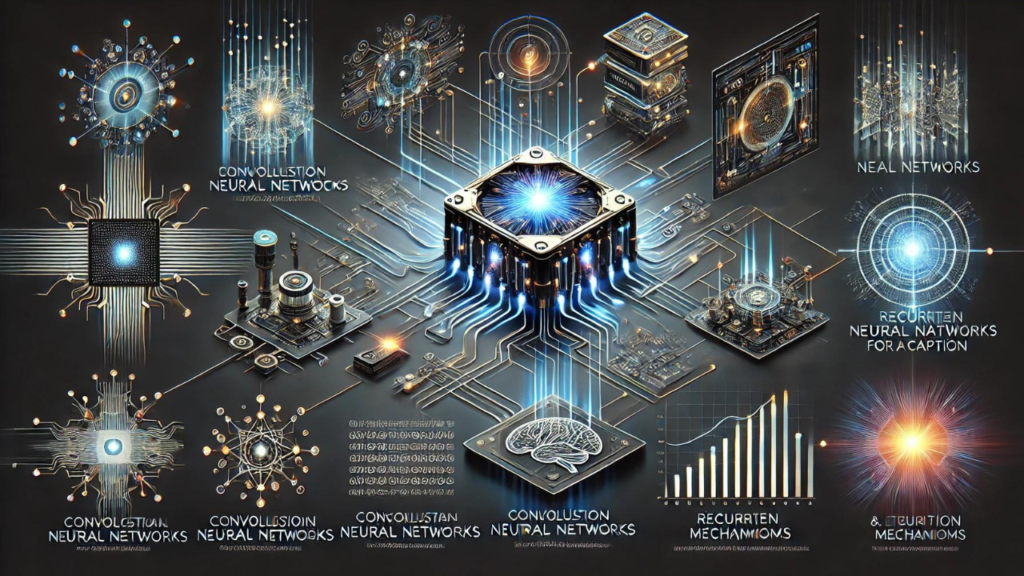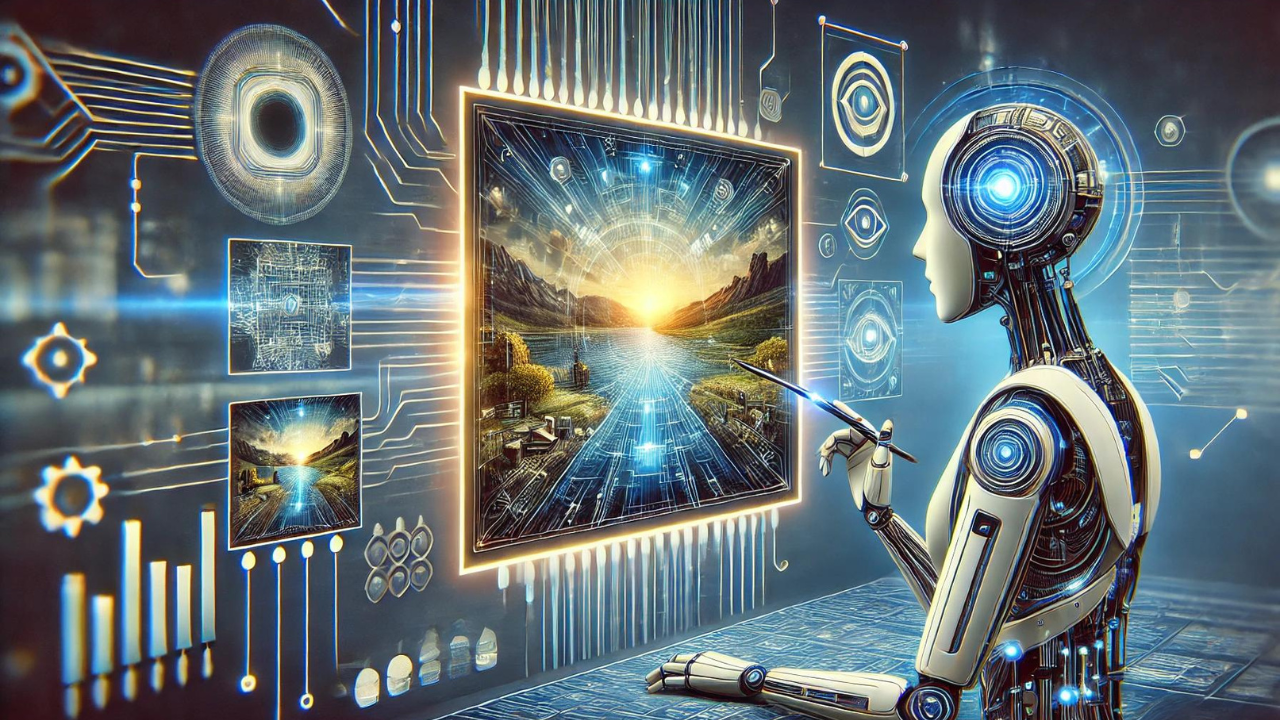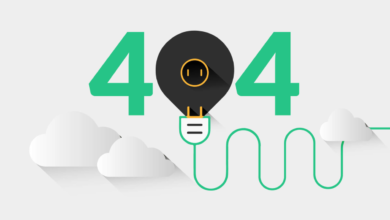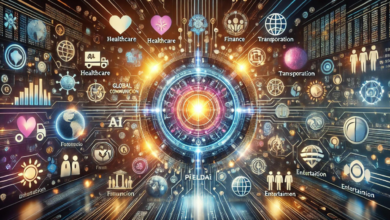In today’s digital age, visual and textual content convergence is more critical than ever. Images dominate the online space, from social media to e-commerce websites, and the ability to generate accurate and contextually relevant captions has become crucial. This is where ofamodelforcaption comes into play, offering an advanced approach to automated image captioning. This article delves into the intricacies of ofamodelforcaption, its role in enhancing image descriptions with AI, and how it is revolutionizing various industries.
Understanding ofamodelforcaption: The Basics
ofamodelforcaption is an AI-based model designed to generate captions for images. It leverages advanced deep-learning techniques to analyze visual content and produce accurate, context-aware textual descriptions. This technology has seen significant advancements in recent years, fueled by the growing demand for automated content generation across various platforms.
The core of ofamodelforcaption lies in its ability to interpret complex visual data and translate it into coherent, natural language descriptions. This process involves several stages, including image feature extraction, language model integration, and final caption generation. The model is trained on vast datasets, enabling it to understand a wide range of visual contexts and produce captions that are not only descriptive but also contextually relevant.
The Technology Behind ofamodelforcaption

The ofamodelforcaption model is built on the foundation of neural networks, particularly Convolutional Neural Networks (CNNs) and Recurrent Neural Networks (RNNs). CNNs process the visual aspects of the image, identifying key features such as objects, colors, and spatial relationships. RNNs, on the other hand, handle the sequential nature of language, ensuring that the generated captions are grammatically correct and contextually appropriate.
One of the critical innovations in ofamodelforcaption is the integration of attention mechanisms. These mechanisms allow the model to focus on specific parts of the image when generating captions, leading to more accurate and detailed descriptions. By assigning different weights to various parts of the image, the model can prioritize the most relevant features, resulting in precise and meaningful captions.
Applications of ofamodelforcaption
The applications of ofamodelforcaption are vast and varied, spanning multiple industries and use cases. Here are some of the most significant areas where this technology is making an impact:
- E-commerce: In the e-commerce sector, ofamodelforcaption automatically generates product descriptions based on images. This saves time and resources and ensures consistency in product listings. Accurate captions can also improve search engine visibility, driving more traffic to online stores.
- Social Media: Social media platforms rely heavily on visual content. ofamodelforcaption enables users to quickly generate captions for their photos, enhancing engagement and reach. Moreover, this technology can assist in making social media more accessible to visually impaired users by providing detailed descriptions of images.
- Digital Marketing: Generating relevant and compelling captions is crucial in digital marketing. ofamodelforcaption can be used to create captions for ads, blog posts, and other marketing materials, ensuring that the content resonates with the target audience.
- Content Creation: For content creators, ofamodelforcaption offers a powerful tool to streamline the captioning process. This technology can generate captions that align with the creator’s voice and style, whether for a blog, a YouTube thumbnail, or an Instagram post.
- Accessibility: One of the most critical applications of ofamodelforcaption is in the field of accessibility. By providing accurate image descriptions, this technology makes digital content more accessible to people with visual impairments, allowing them to engage with visual media meaningfully.
Challenges and Limitations
While ofamodelforcaption represents a significant advancement in AI-driven image captioning, it is not without its challenges. Some of the critical limitations include:
- Bias in Training Data: Like all AI models, ofamodelforcaption is only as good as the data it is trained on. If the training data contains biases, these can be reflected in the generated captions. For example, the model may produce stereotypical or culturally insensitive descriptions if not correctly curated.
- Contextual Understanding: While the model is highly effective at generating descriptive captions, it may need help understanding the deeper context of an image. For instance, it might accurately describe the objects in an image but fail to grasp the underlying narrative or emotion.
- Complex Scenes: Generating captions for complex scenes with multiple objects and interactions remains challenging. The model may focus on the most prominent features while overlooking other important aspects, leading to incomplete or misleading captions.
- Language Limitations: While ofamodelforcaption excels in generating captions in the language it was trained in, extending this capability to other languages can be challenging. Multilingual support requires additional training and resources, which can be a significant barrier.
The Future of ofamodelforcaption
Despite the challenges, the Future of ofamodelforcaption looks promising. Ongoing research and development in AI and machine learning will address many current limitations, leading to more accurate and context-aware captioning models. Some of the future developments we can anticipate include:
- Improved Contextual Understanding: As models become more sophisticated, we can expect them to understand the context of images better, leading to captions that capture the visual elements and the underlying story or emotion.
- Bias Mitigation: Efforts to reduce bias in AI models are gaining traction. By diversifying training data and implementing bias detection mechanisms, future iterations of ofamodelforcaption will likely produce more fair and inclusive captions.
- Multilingual Support: Expanding the language capabilities of ofamodelforcaption will be a key focus area. This will involve training the model on diverse linguistic datasets, enabling it to generate accurate captions in multiple languages.
- Real-time Captioning: As processing power increases, we can expect real-time captioning to become a reality. This will be particularly useful in live social media streaming applications, where captions can be generated on the fly.
- Personalization: Future versions of ofamodelforcaption could incorporate personalization features, allowing users to create captions that align with their unique style or brand voice.
Conclusion
ofamodelforcaption is at the forefront of AI-driven image captioning, offering a powerful tool for generating accurate and contextually relevant descriptions. Its applications span multiple industries, from e-commerce to social media, and its potential to improve accessibility is particularly noteworthy. While challenges remain, ongoing advancements in AI and machine learning promise to make ofamodelforcaption even more effective and versatile in the years to come.
FAQs about ofamodelforcaption
- What is ofamodelforcaption?
- Answer: ofamodelforcaption is an AI-based model designed to generate captions for images. It uses deep learning techniques to analyze visual content and produce accurate, contextually relevant textual descriptions.
- How does ofamodelforcaption work?
- Answer: ofamodelforcaption uses neural networks, including Convolutional Neural Networks (CNNs) for image processing and Recurrent Neural Networks (RNNs) for language generation. It also uses attention mechanisms to focus on specific parts of an image when generating captions.
- What are the applications of ofamodelforcaption?
- Answer: The applications of ofamodelforcaption include e-commerce (for product descriptions), social media (for enhancing engagement), digital marketing (for creating compelling captions), content creation, and improving accessibility for visually impaired users.
- What are the challenges associated with ofamodelforcaption?
- Answer: Some challenges include bias in training data, limitations in contextual understanding, difficulty in captioning complex scenes, and language limitations in generating captions in multiple languages.
- What is the Future of ofamodelforcaption?
- Answer: The Future of ofamodelforcaption includes improvements in contextual understanding, bias mitigation, multilingual support, real-time captioning, and personalization features for generating captions that align with individual styles or brand voices.
You May Also Read: https://usadigitaltime.com/rjcnrj/




